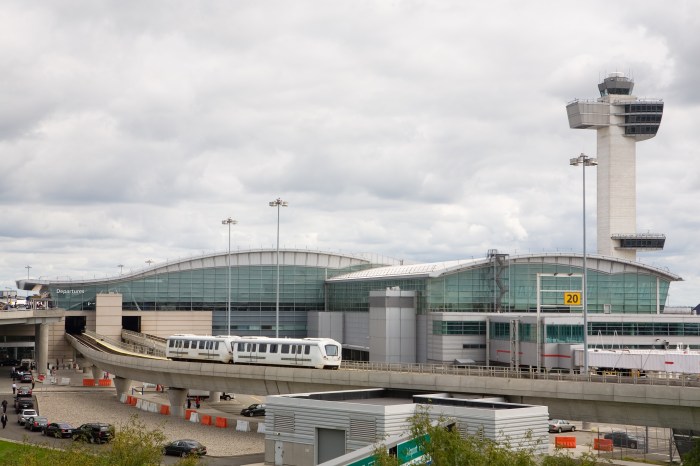By William Lewis
The United States is generally referred to as having a two−party political system. New York City and state, however, have experienced the growth of a multi−party system.
Going back to the 1940s and ’50s, we had in addition to the Republican and Democratic parties the presence of the American Labor, Socialist Workers and Socialist Labor parties.
These parties eventually dropped from the ballot with another group of political parties emerging during the ’60s and ’70s, including the state Conservative, state Liberal and Right to Life parties. State election law provides that for a political party to remain on the ballot, it must obtain 50,000 votes for governor every four years, regardless of who their gubernatorial candidate is.
In recent years, both the Liberal and Right to Life parties failed to maintain the 50,000−vote threshold and were removed from the ballot. In their place, two new political parties have come into being: the Independence and Working Families parties.
The Independence Party arrived on the scene about 15 years ago and has had a considerable impact on political developments since then. This party is mainly interested in changing the structure of our political process, rather than economic or social issues. Its focus is on political reform. It believes the two major political parties constitute a special interest that keeps the people from exercising direct control of their government.
It also believes so much of our election law, both at the federal and state level, is geared toward maintaining the two−party system and making it difficult for other political parties or groups to appeal to voters during the election process. Its favors non−partisan elections, same−day registration and support of term limits. It also believes that independents and voters not registered with any political party should be allowed to vote in the primary elections of the two major political parties, especially presidential primaries.
The organizational structure of the Independence Party in the city is unique. It has five borough chairmen, but no state Assembly district leaders. Its five borough executive committees are elected by their borough committees and meet monthly. They all meet together, however, as one group forming an inclusive city Independence Party, as opposed to the Independence state organization. They also meet in a different borough each month.
That is different from the Republican and Democratic parties, where each of the five counties usually conducts its political business separate from other boroughs.
Almost from the beginning of this political party, there has been a conflict between the city and state organizations over candidate endorsements. There have been constant lawsuits between the city and state Independence parties over which body has the authority to designate candidates.
At present, the state organization controls the choosing of candidates at all levels except citywide candidates, including the office of mayor. The city Independence Party will meet before June and choose its nominees for mayor, public advocate and comptroller. It is not known at this time which candidate it will endorse for mayor.
New York County Independence Party Chairwoman and city party leader Cathy Stewart referred to the efforts of her party as a “continuation of the spirit of the American Revolution.” She speaks about opening the process.
She further said, “The future looks bright for the Independence Party, as more people will look for electoral options. They want to be able to split their ticket and vote for the best person. They do not want to make decisions along party lines.”
The Independence Party has been growing in numbers as the quantity of independent voters has increased in recent years.


































